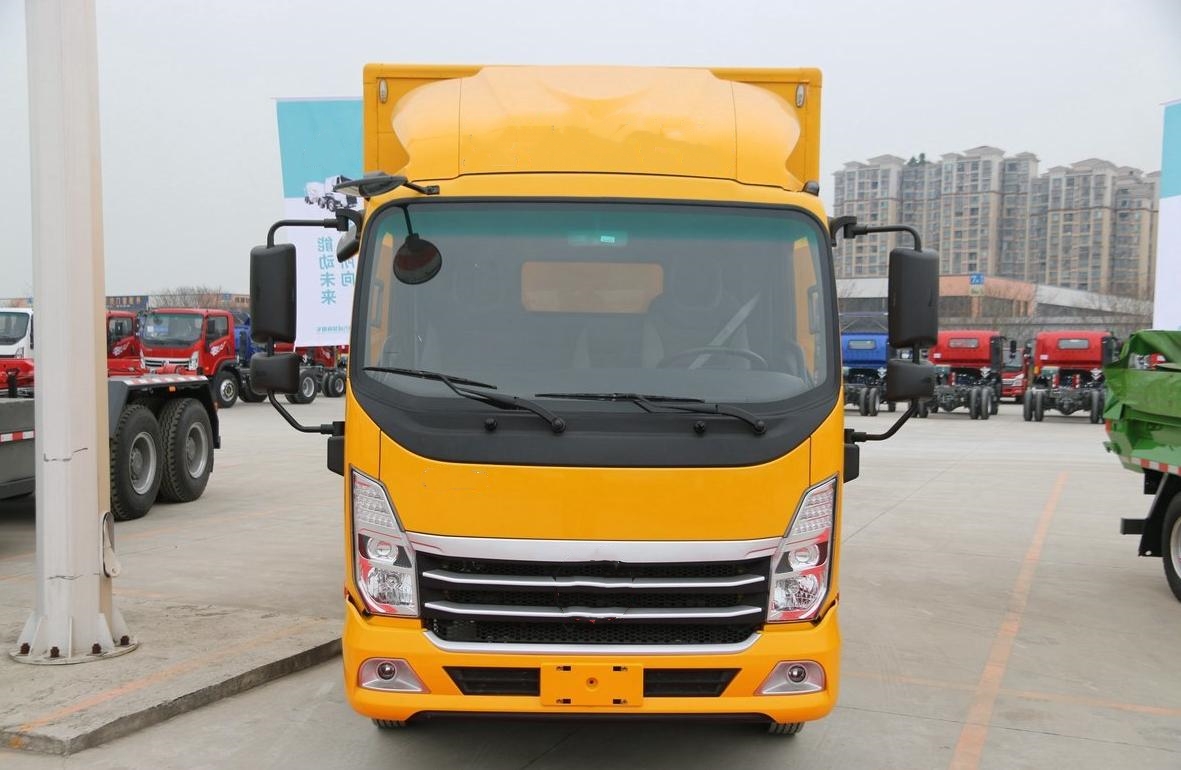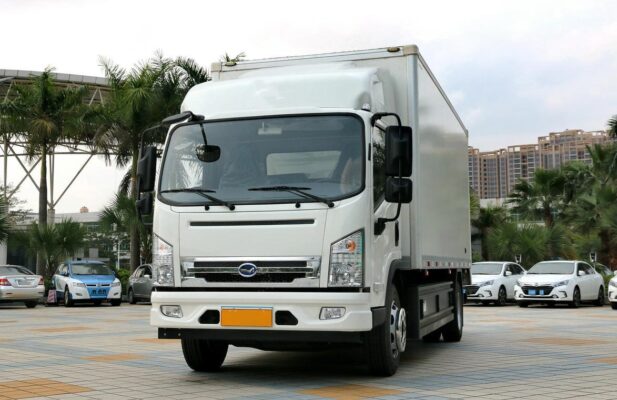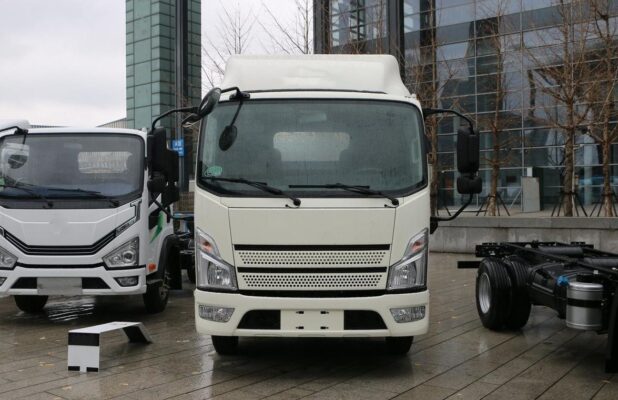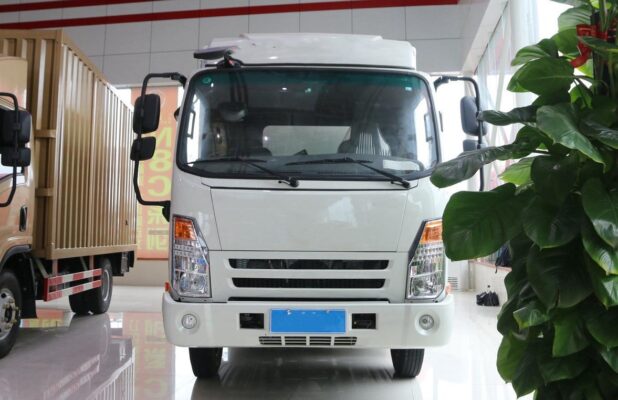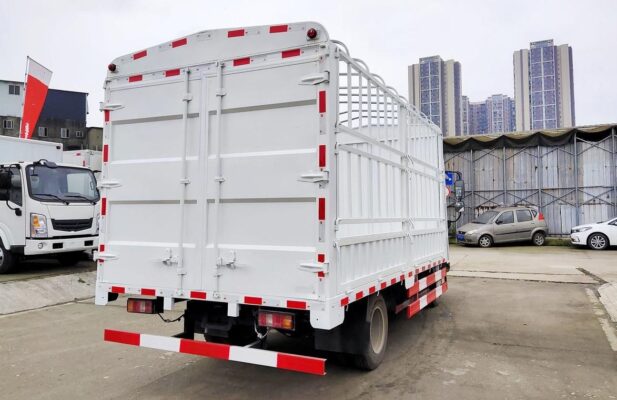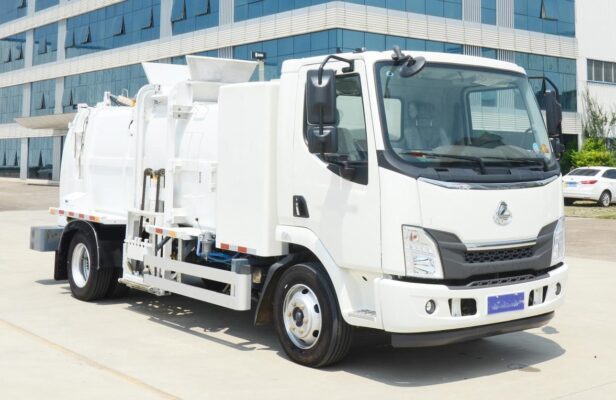Цахилгаан ачааны машины мэдээ
Why do electric pickup trucks need to dissipate heat?
Electric pickups have emerged as a pivotal segment in the electric vehicle (EV) market, offering a blend of utility, тогтвортой байдал, ба дэвшилтэт технологи. Гэсэн хэдий ч, one critical aspect that often goes unnoticed is the need for effective cooling systems. Unlike traditional internal combustion engine (Мөс) машин, which rely on air and liquid cooling to manage engine temperatures, electric pickups face unique challenges that necessitate robust cooling solutions. Энэ нийтлэл нь шалтгаан болж хувирдаг electric pickups require cooling, how they manage this need, the indicators that signal the necessity for cooling, and the consequences of insufficient cooling.
Why Do Electric Pickups Need Cooling?
Electric pickups require cooling for several fundamental reasons. The unique nature of electric vehicles, particularly their reliance on batteries and electric motors, creates specific thermal management challenges. Here are the primary reasons:
1. Battery Heating
The battery serves as the energy reservoir for electric pickupс, and it generates heat during both charging and discharging processes. This heat is a byproduct of the electrochemical reactions taking place within the battery cells. If the battery temperature rises beyond acceptable limits, it can lead to several adverse effects:
- Reduced Battery Lifespan: High temperatures can accelerate battery degradation, significantly shortening its usable life. Battery manufacturers typically specify an optimal temperature range for operation, often between 20°C and 25°C (68°F to 77°F). Operating outside this range can lead to reduced capacity and performance.
- Thermal Runaway: In extreme cases, excessive heat can trigger thermal runaway, a condition where the battery overheats uncontrollably, potentially leading to fires or explosions. Effective cooling is essential to mitigate this risk and ensure safety.
2. Motor Heating
The electric motor, which converts electrical energy into mechanical power, also generates heat during operation. Factors contributing to motor heating include:
- Load Conditions: Higher loads result in greater electrical current, which in turn generates more heat. During heavy acceleration or towing, the motor can experience significant temperature increases.
- Efficiency Losses: Even under normal operating conditions, some energy is inevitably lost as heat due to resistance in electrical components. If not managed properly, excessive heat can lead to:
- Degraded Motor Performance: Overheating can cause the motor to operate less efficiently, leading to decreased power output and responsiveness.
- Potential Damage: Prolonged exposure to high temperatures can damage motor windings and bearings, resulting in costly repairs or replacements.
3. Control System Cooling
Electric pickups are equipped with complex control systems, including Battery Management Systems (Нxs) and motor control units, which oversee the operation of the battery and motor. These systems also generate heat during operation. Cooling is critical to ensure that:
- BMS Functions Correctly: The BMS is responsible for monitoring battery health, state of charge, and temperature. Overheating can impair its functionality, leading to inaccurate readings and potential safety issues.
- Motor Control Systems Operate Efficiently: These systems manage the flow of electricity to the motor, and excessive heat can hinder their ability to do so effectively.
4. Charging Heat
Charging an electric pickup is a necessary process to replenish its energy supply, but it also generates heat. This heating can occur due to:
- Current Flow: As electricity flows into the battery, resistance within the charging components generates heat.
- Charger Design: If the charger is not adequately designed to dissipate heat, it can lead to decreased charging efficiency or even charger failure.
Proper cooling of both the battery and charging system is essential to ensure safe and efficient charging.
How Do Electric Pickups Manage Cooling?
To address the thermal management needs of electric pickupс, various cooling strategies are employed. These strategies ensure optimal performance and safety by effectively dissipating heat generated during operation.
1. Dedicated Cooling Systems
Electric pickups typically feature dedicated cooling systems designed to maintain optimal operating temperatures. These systems may include:
- Radiators: Similar to traditional vehicles, electric pickups utilize radiators to cool circulating coolant. As the coolant absorbs heat from critical components, it is directed to the radiator, where air flow helps dissipate the heat.
- Fans: Cooling fans are employed to enhance airflow through the radiator and over heated components, further assisting in temperature regulation.
- Pumps: Circulation pumps help move coolant throughout the system, ensuring that all components receive adequate cooling.
2. Heat Sinks
Many electric pickups incorporate heat sinks, particularly on batteries and motors. Heat sinks increase the surface area available for heat dissipation, allowing heat to escape more efficiently. They are often made from materials with high thermal conductivity, such as aluminum, to enhance their effectiveness.
3. Airflow Design
The exterior design of electric pickups plays a crucial role in managing cooling. Manufacturers often incorporate design features that maximize airflow over critical components. Considerations include:
- Aerodynamic Shapes: An aerodynamic body can reduce drag, allowing more air to flow through cooling vents and over heated components.
- Vent Placement: Strategically placed vents facilitate airflow to hot areas, ensuring that heat is effectively dissipated.
How to Determine if an Electric Pickup Needs Cooling
Monitoring the temperature and performance of electric pickups is essential to ensure the cooling system is functioning effectively. Several indicators can signal whether cooling is needed:
1. Temperature Monitoring
Installing temperature sensors on critical components, such as the battery and motor, provides real-time data on operating temperatures. If temperatures exceed predefined thresholds, the cooling system can be activated automatically to prevent overheating. Monitoring systems may also alert drivers to potential overheating issues, allowing for timely intervention.
2. Cooling Effectiveness Monitoring
Evaluating the temperature differential within the cooling system can help gauge its effectiveness. A significant difference between the inlet and outlet temperatures of the coolant indicates that the system is working efficiently. Conversely, a minimal difference may suggest that cooling is insufficient and requires maintenance.
3. Cooling System Operation Monitoring
Regularly assessing the operational status of the cooling system is vital. This includes checking whether cooling fans are functioning correctly, verifying that coolant flow is adequate, and ensuring there are no leaks in the system. If any components of the cooling system are malfunctioning, it could lead to inadequate cooling performance.
Impacts of Insufficient Cooling in Electric Pickups
The consequences of insufficient cooling in electric pickups can be significant, affecting both vehicle performance and safety. Here are the primary impacts:
1. Reduced Battery Lifespan
Excessive heat can accelerate battery degradation, resulting in a shorter lifespan and decreased range. As the battery ages more quickly due to thermal stress, users may find themselves needing to replace it sooner than expected, leading to increased ownership costs.
2. Decreased Motor Power
Overheating can cause the motor to lose power output, affecting overall vehicle performance. Drivers may notice reduced acceleration, slower response times, and diminished towing capabilities. In extreme cases, prolonged overheating can lead to motor failure, resulting in costly repairs.
3. Control System Malfunctions
The control systems that manage the operation of electric pickups are also susceptible to overheating. If these systems become too hot, they may malfunction, causing erratic behavior or even complete failure of the vehicle’s electrical systems. This could result in unsafe driving conditions and may prevent the vehicle from operating normally.
Дүгнэлт
Товчхондоо, electric pickups require effective cooling systems to ensure optimal performance during charging, driving, and overall operation. The need for cooling arises from several factors, including battery and motor heating, control system operation, and the charging process. Effective cooling is crucial for maximizing battery lifespan, maintaining efficient motor operation, and preventing control system issues.
Electric pickups employ various cooling strategies, including dedicated cooling systems, heat sinks, and thoughtful airflow design. Monitoring temperature and cooling system performance is essential to assess cooling effectiveness and prevent overheating.
As the electric pickup market continues to grow, manufacturers will need to prioritize thermal management solutions to address the unique challenges these vehicles face. By investing in advanced cooling technologies and practices, the industry can ensure that electric pickups deliver on their promise of performance, аюулгүй байдал, тогтвортой байдал.
